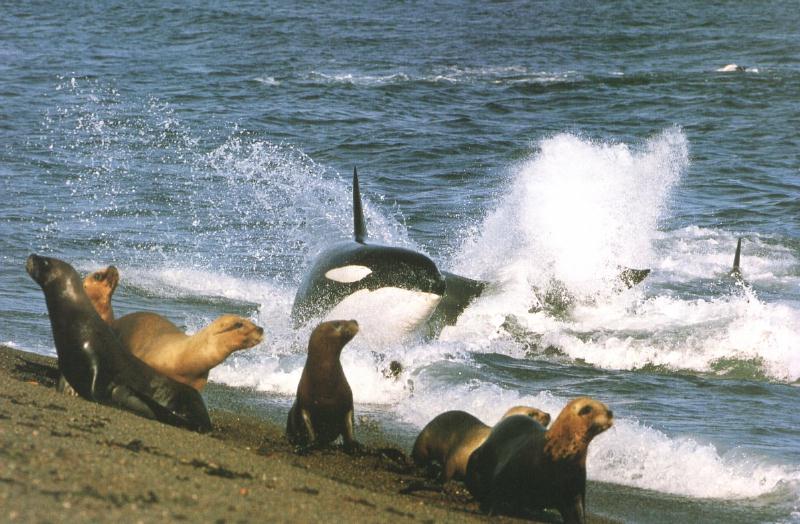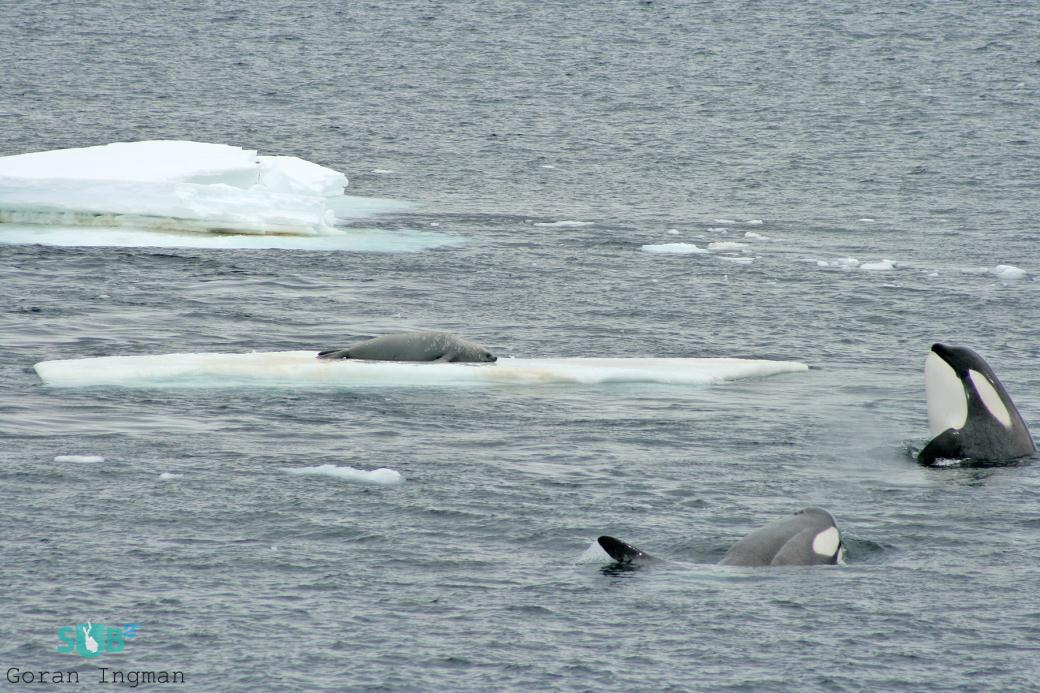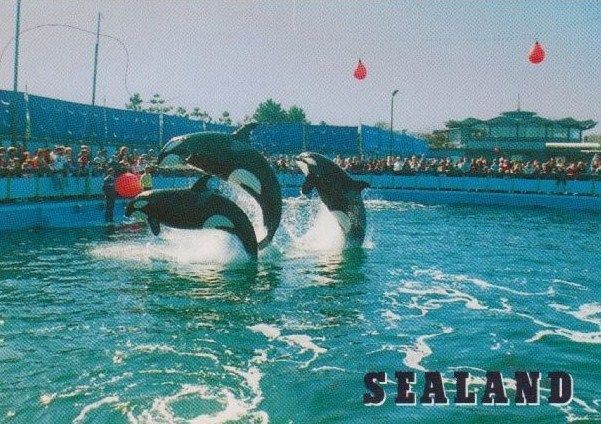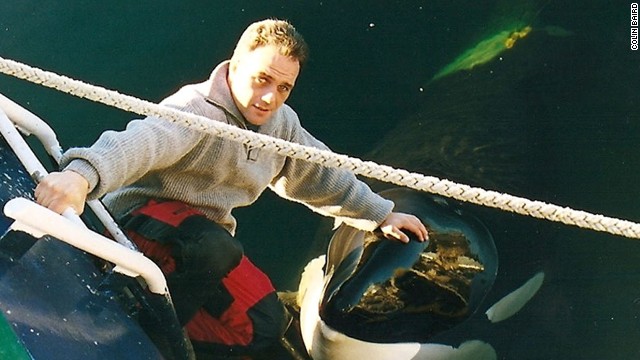Although adults had to deal with troubles on how they would deal with Keiko, the children was an important part of supporting Keiko. They would send letters wanting to help Keiko and pressure the adults to make that dream happen. Keiko had health issues which delayed his freedom. Things changed when a location was available that would help rehabilitate Keiko. The construction of a huge tank would take about 2 years but the construction had to be quick in order for Keiko to get better. For Keiko's move, many experienced people had to be involved, that included his 2 trainers that had a close bond with him and experienced veterinarians.
Now, I know I have already talked about Keiko and the films he was in, but this film informs the people how Keiko truly lived. This film,
The Free Willy Story: Keiko's Journey Home can be watched on YouTube. I wanted to write about another film,
Keiko The Untold Story of the star of Free Willy, but I could not find a place to watch it. The film is narrated by Ranea Russo.
Keiko was captured around Iceland where it seems that most captured orcas are caught. The film also gives some information about orcas and how Keiko would have learned with his family's culture. He is then captured and sent to Canada. After being trained in Marine land, he is sent to Mexico were he grows tremendously. The film of Free Willy was recorded in this location in Mexico. After the movie, changes began about wanting to free Keiko.

When the time came for Keiko to leave, people/fans came to say good bye. Keiko had a beautiful, last performance. Now while all this is happening, there are issues with timing of air lifting Keiko to his new home. A new timing had changed and Keiko can sense that something is up and takes up time to prevent leaving. Finally, Keiko is set up to leave, but people wonder if Keiko remembers the time he was taken from his family. During his transportation to the airport, there are people lined up and watch him leave as late as 2 am. Keiko is one of the calmest orcas that people have had to deal with.

Keiko is then taught little by little on how to hunt, and how to adapt to currents. You can tell that Keiko is much happier in a bigger environment were he is diving and jumping higher than before. Keiko also becomes more vocal in communication. Due to this, scientist study Keiko's vocals in order to help find his family that he can return to. Keiko continues to grow bigger and his virus is going away. People believe that since he has been in a larger environment, less stress of entertainment, and natural sea water, his health has gotten better. Keiko then starts to learn spy hopping which is apart of orca hunting skills.
This 1st part of the film describes how Keiko lived his life. I think there is another part that features Keiko finally being returned to the wild. Keiko is the dream I see that I want to see happen to the rest of the orcas in captivity. They should be freed to live their lives the way they are supposed to be. I hope that you wish to see that happen and to give the orcas hope that they will one day return or experience the new life in the wild. I want to keep the connect that orcas and people have in the wild.

















